Sludge judge for septic tank – Step into the world of septic tank maintenance with our comprehensive guide to sludge judges, the indispensable tool for ensuring the health and longevity of your septic system. Join us as we explore the types, uses, and benefits of sludge judges, empowering you with the knowledge to make informed decisions and maintain a trouble-free septic tank.
From identifying the different types of sludge judges available to understanding the step-by-step process of using them, this guide covers everything you need to know about sludge management. We’ll delve into the various methods of sludge removal, discuss proper maintenance practices, and provide troubleshooting tips to keep your sludge judge functioning optimally.
Sludge Judge for Septic Tanks
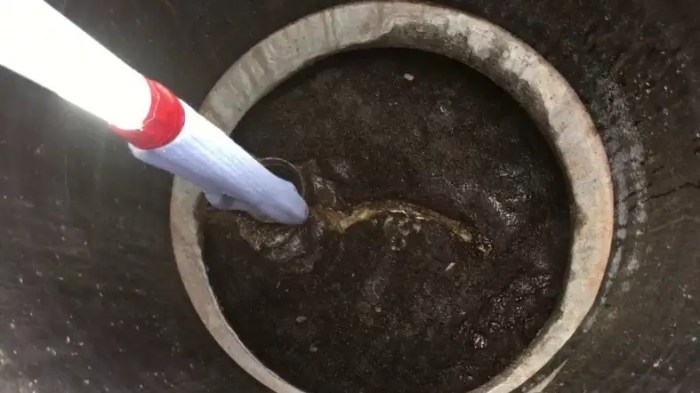
Sludge Judge: Definition and Purpose
A sludge judge is a device used in septic tank maintenance to measure the depth of sludge buildup in the tank. It consists of a long, weighted rod or probe that is inserted into the tank through an access port.
The rod is marked with graduations or increments, allowing the user to determine the sludge level.
The purpose of a sludge judge is to help septic tank owners monitor the accumulation of sludge and determine when it needs to be pumped out. Regular sludge removal is crucial for the proper functioning of a septic tank, as excessive sludge buildup can lead to clogging, backups, and other problems.
Importance of Regular Sludge Removal
Sludge is a byproduct of the decomposition of organic matter in the septic tank. Over time, sludge accumulates at the bottom of the tank and can gradually reduce its capacity. If sludge is not removed regularly, it can eventually clog the tank’s inlet and outlet pipes, leading to backups and overflows.
If you’re dealing with a sluggish septic tank, you might want to consider getting a sludge judge. This handy device can help you determine how much sludge has built up in your tank, so you can decide whether it’s time to have it pumped.
Speaking of exams, if you’re preparing for your S 390 final exam, you might want to check out s 390 final exam answers . This website has a wealth of resources that can help you prepare for your exam. But getting back to your septic tank, once you’ve determined how much sludge has built up, you can schedule a pumping accordingly.
This will help keep your septic system running smoothly and prevent any backups or overflows.
In addition, excessive sludge buildup can create an anaerobic environment in the tank, which can lead to the production of harmful gases such as hydrogen sulfide. These gases can damage the tank and its components, and they can also pose a health hazard to people living in the home.
Consequences of Neglecting Sludge Removal
- Clogged pipes and backups
- Septic tank failure
- Environmental contamination
- Health hazards
Neglecting sludge removal can have serious consequences, including:
- Clogged pipes and backups:Excessive sludge buildup can clog the septic tank’s inlet and outlet pipes, leading to backups in the home’s plumbing system.
- Septic tank failure:If the septic tank becomes completely clogged, it will no longer be able to function properly, and wastewater will overflow into the surrounding area.
- Environmental contamination:Overflowing wastewater can contaminate groundwater and surface water, posing a health hazard to people and wildlife.
- Health hazards:The gases produced by excessive sludge buildup can be harmful to health, causing respiratory problems, nausea, and headaches.
Types of Sludge Judges
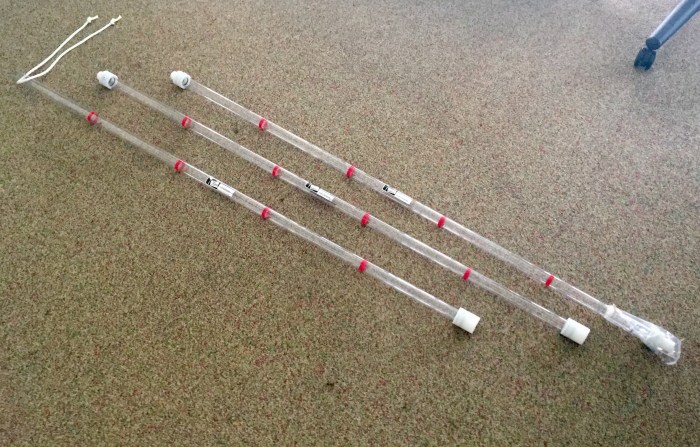
Sludge judges are essential tools for assessing the quality of sludge in septic tanks. Different types of sludge judges are available in the market, each with its own advantages and disadvantages. Understanding the types and their key features can help you choose the most suitable sludge judge for your needs.
Manual Sludge Judges
Manual sludge judges are the most basic type and require manual operation. They typically consist of a weighted probe attached to a calibrated scale. The probe is inserted into the sludge, and the scale indicates the sludge depth. Manual sludge judges are simple to use and relatively inexpensive.
However, they can be less accurate than other types of sludge judges and require the operator to interpret the readings manually.
Electronic Sludge Judges
Electronic sludge judges use sensors to measure sludge depth and provide a digital readout. They are more accurate than manual sludge judges and can also provide additional information, such as sludge temperature and density. Electronic sludge judges are more expensive than manual sludge judges, but they can be worth the investment if you need precise measurements.
Ultrasonic Sludge Judges
Ultrasonic sludge judges use ultrasonic waves to measure sludge depth. They are the most accurate type of sludge judge and can also provide information about sludge consistency. Ultrasonic sludge judges are the most expensive type of sludge judge, but they are also the most versatile and reliable.
Key Features and Specifications to Consider
When choosing a sludge judge, it is important to consider the following key features and specifications:* Accuracy:The accuracy of a sludge judge is determined by how closely it measures the actual sludge depth.
Range
The range of a sludge judge is the maximum depth of sludge that it can measure.
Resolution
The resolution of a sludge judge is the smallest increment that it can measure.
Ease of use
The ease of use of a sludge judge is determined by how easy it is to operate and interpret the readings.
Cost
The cost of a sludge judge is an important consideration, especially if you are on a budget.By considering the types of sludge judges available and the key features and specifications to consider, you can choose the most suitable sludge judge for your needs.
Using a Sludge Judge
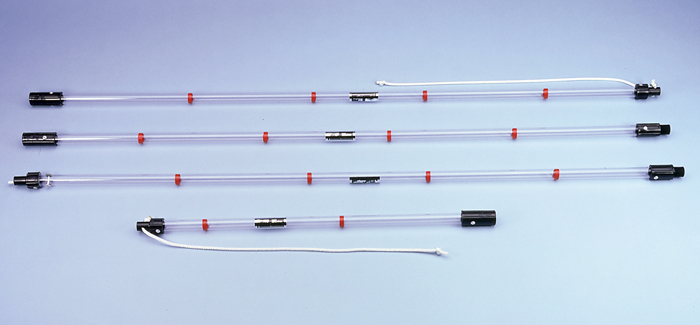
Using a sludge judge is a simple and effective way to measure the sludge levels in your septic tank. By following these steps, you can ensure that your septic tank is operating efficiently and avoid costly repairs.
Inserting the Sludge Judge, Sludge judge for septic tank
To insert the sludge judge, follow these steps:
- Locate the inspection pipe on the septic tank. This is typically a 4-inch diameter pipe that extends from the top of the tank.
- Remove the cap from the inspection pipe.
- Insert the sludge judge into the inspection pipe. The sludge judge should be inserted slowly and carefully to avoid damaging the tank.
- Once the sludge judge is fully inserted, push down on the handle to release the probe.
Positioning the Sludge Judge
Once the sludge judge is inserted, it is important to position it correctly. The probe should be positioned in the center of the tank, and the handle should be resting on the edge of the inspection pipe.
Reading the Sludge Judge
To read the sludge judge, simply pull up on the handle. The sludge level will be indicated by the mark on the probe. The sludge level should be between 6 and 12 inches below the outlet pipe.
Interpreting the Readings
If the sludge level is below 6 inches, the tank is operating efficiently and does not need to be pumped. If the sludge level is between 6 and 12 inches, the tank is nearing capacity and should be pumped soon.
If the sludge level is above 12 inches, the tank is full and needs to be pumped immediately.
Sludge Removal Methods
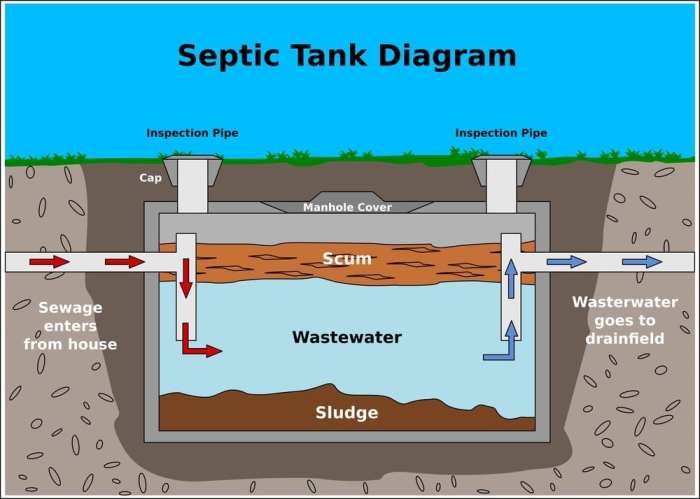
Removing sludge from septic tanks is crucial for maintaining their efficiency and preventing backups. Several methods can be employed, each with its advantages and disadvantages.
The choice of sludge removal method depends on factors such as the size and type of septic tank, the frequency of use, and the availability of equipment and resources.
Manual Removal
- Advantages:Low cost, no special equipment required.
- Disadvantages:Labor-intensive, unpleasant, and potentially hazardous.
- Equipment:Bucket, shovel, gloves, mask.
Pumping
- Advantages:Efficient, removes both sludge and scum.
- Disadvantages:Requires specialized equipment, can be expensive.
- Equipment:Septic tank pump truck.
Chemical Treatment
- Advantages:Can break down sludge and scum, reducing the frequency of pumping.
- Disadvantages:May not be effective for all types of sludge, can be expensive.
- Equipment:Chemical treatment products, mixing equipment.
Biological Treatment
- Advantages:Introduces beneficial bacteria to break down sludge, environmentally friendly.
- Disadvantages:Can take time to be effective, may not be suitable for all types of septic tanks.
- Equipment:Biological treatment products, aeration system.
Ultrasonic Treatment
- Advantages:Can break down sludge and scum without chemicals, non-invasive.
- Disadvantages:Requires specialized equipment, can be expensive.
- Equipment:Ultrasonic generator, transducers.
Maintenance and Troubleshooting
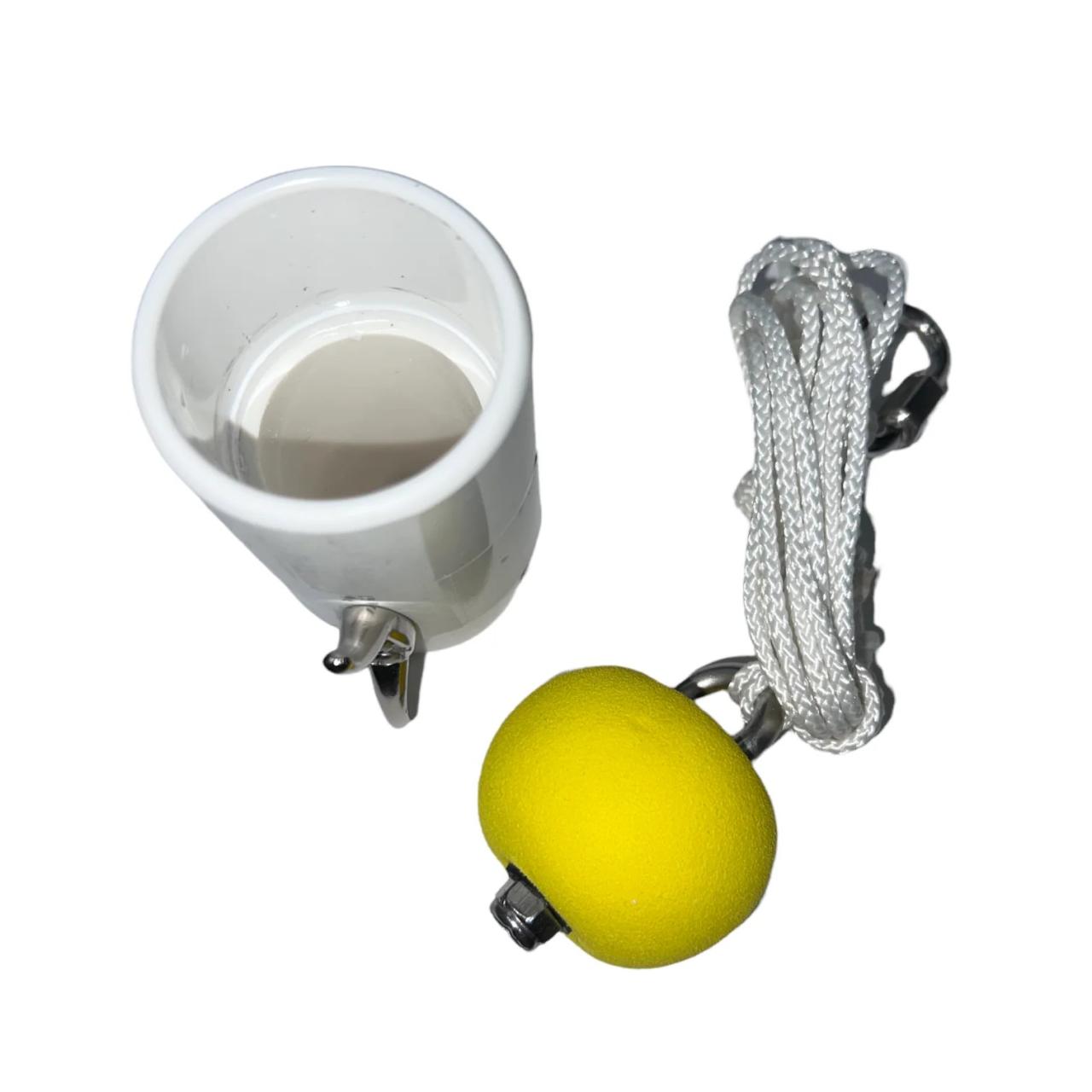
Proper maintenance and troubleshooting are crucial for ensuring the accuracy and longevity of sludge judges. Regular maintenance can prevent common problems and extend the life of the device.
To ensure optimal performance, it is essential to adhere to the manufacturer’s guidelines for cleaning and calibration. Periodic cleaning removes any accumulated sludge or debris that may affect the accuracy of the readings. Calibration ensures that the device provides consistent and reliable measurements.
Common Problems and Troubleshooting
- Inaccurate readings:This could be due to improper calibration, blockage in the sampling tube, or malfunctioning sensors. Recalibrate the device and check for any obstructions or damage to the sampling tube or sensors.
- Difficulty in sampling:If the sludge judge is experiencing difficulty in sampling, check if the sampling tube is properly inserted into the septic tank and if there is sufficient liquid in the tank.
- Damaged components:If any components of the sludge judge appear damaged or malfunctioning, such as the display or sensors, contact the manufacturer for repair or replacement.
Handling and Disposal of Sludge
Sludge removed from the septic tank should be handled and disposed of safely and responsibly to prevent environmental contamination and health risks.
Safe handling:Wear appropriate personal protective equipment (PPE) such as gloves and a mask when handling sludge. Avoid direct contact with skin or eyes.
Responsible disposal:Dispose of sludge according to local regulations and guidelines. This may involve contacting a licensed waste disposal company or using a designated sludge disposal facility.
Case Studies and Best Practices
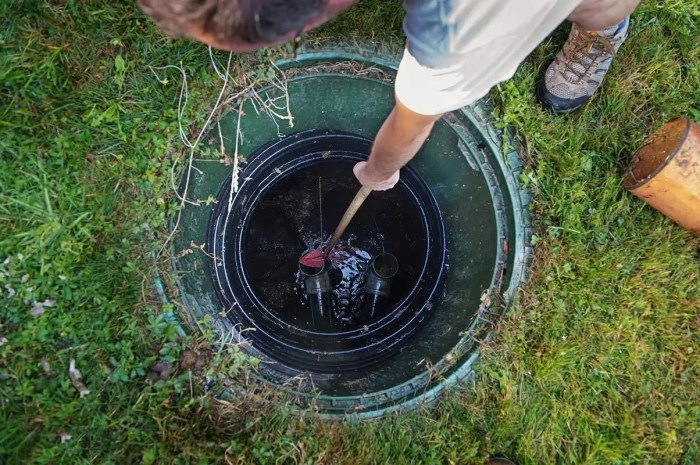
Effective sludge management practices in septic tank maintenance are crucial for optimizing performance and longevity. Industry best practices and case studies offer valuable insights into efficient sludge management techniques.
Case Study: Regular Septic Tank Pumping
Regular pumping of septic tanks, typically every 3-5 years, prevents sludge buildup and ensures efficient operation. In a case study, a homeowner experienced frequent backups due to excessive sludge accumulation. After regular pumping was implemented, the septic system functioned optimally, eliminating backups and unpleasant odors.
Industry Best Practices: Enzyme Additives
Enzyme additives are beneficial bacteria that break down organic matter in septic tanks. In a study conducted by the University of California, enzyme additives significantly reduced sludge buildup and improved overall system performance. This practice can prolong the lifespan of septic systems and reduce the frequency of pumping.
Tips for Preventing Sludge Buildup
To prevent sludge buildup and extend the lifespan of septic systems, consider the following tips:
- Avoid flushing non-biodegradable items (e.g., wipes, paper towels) that can clog the system and contribute to sludge accumulation.
- Use water-efficient appliances and fixtures to minimize wastewater flow and reduce sludge formation.
- Install a septic alarm system to monitor tank levels and alert homeowners when pumping is required.
FAQ Overview: Sludge Judge For Septic Tank
What is a sludge judge?
A sludge judge is a device used to measure the level of sludge buildup in a septic tank. It helps determine when sludge removal is necessary to maintain the proper functioning of the septic system.
Why is it important to remove sludge from septic tanks?
Sludge buildup can lead to reduced septic tank capacity, clogging of pipes, and potential backups. Regular sludge removal helps prevent these issues and ensures the smooth operation of the septic system.
How often should I use a sludge judge?
The frequency of sludge judge use depends on the size and usage of your septic tank. Generally, it’s recommended to use a sludge judge every 3-6 months or as needed based on the readings.